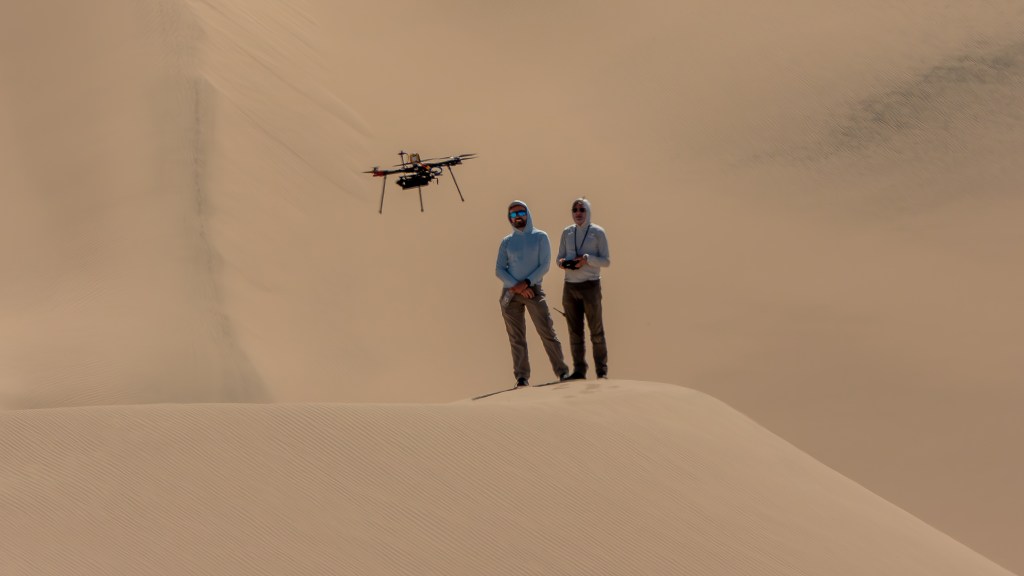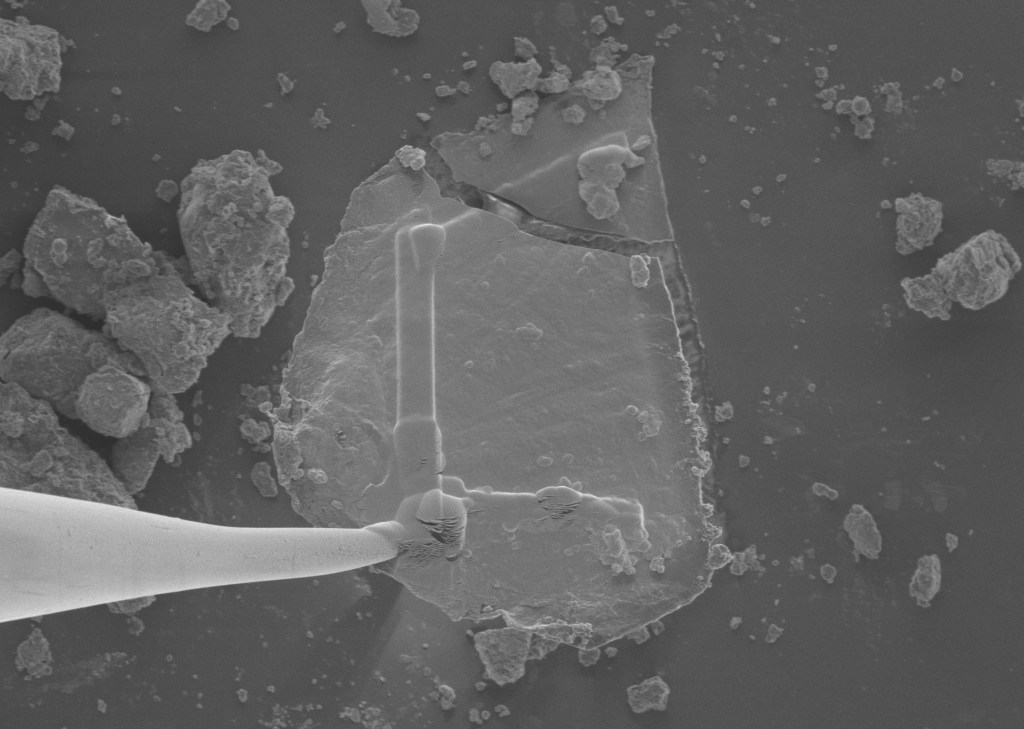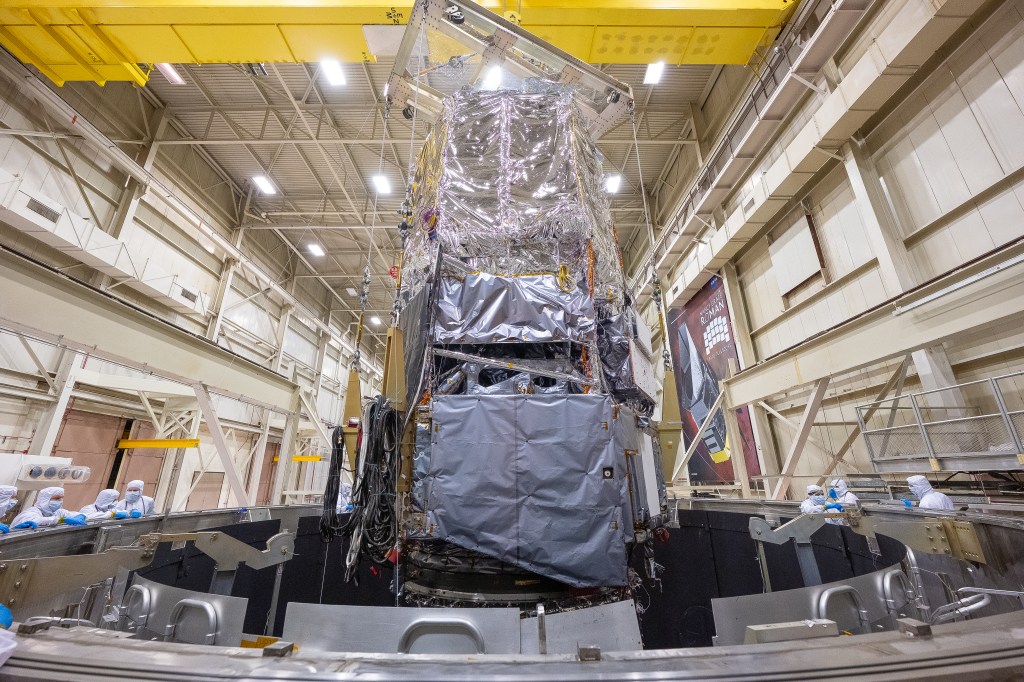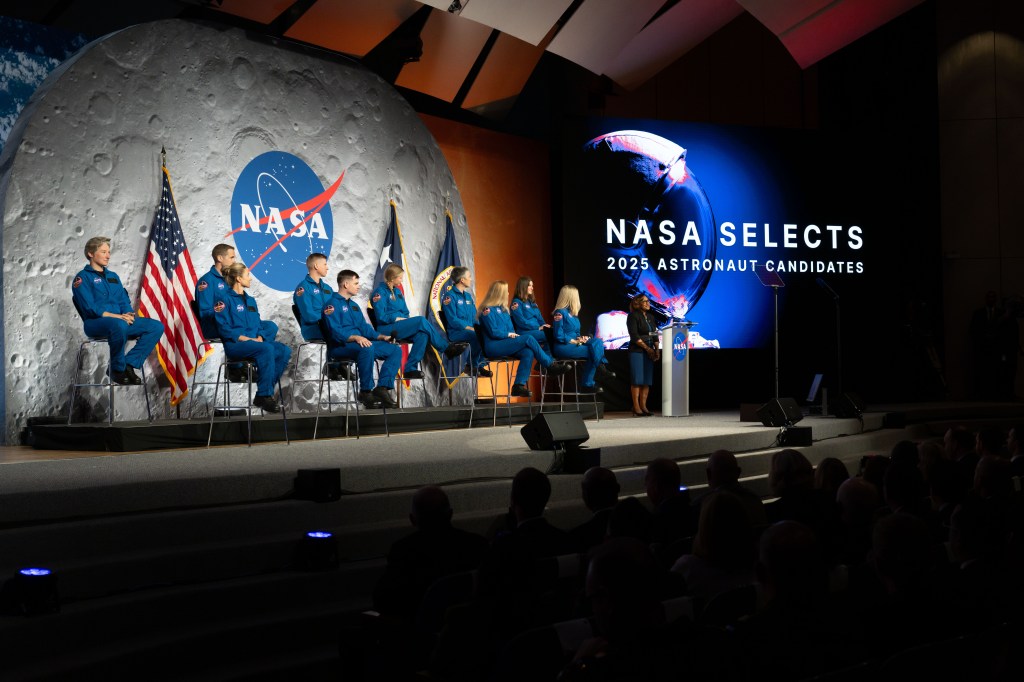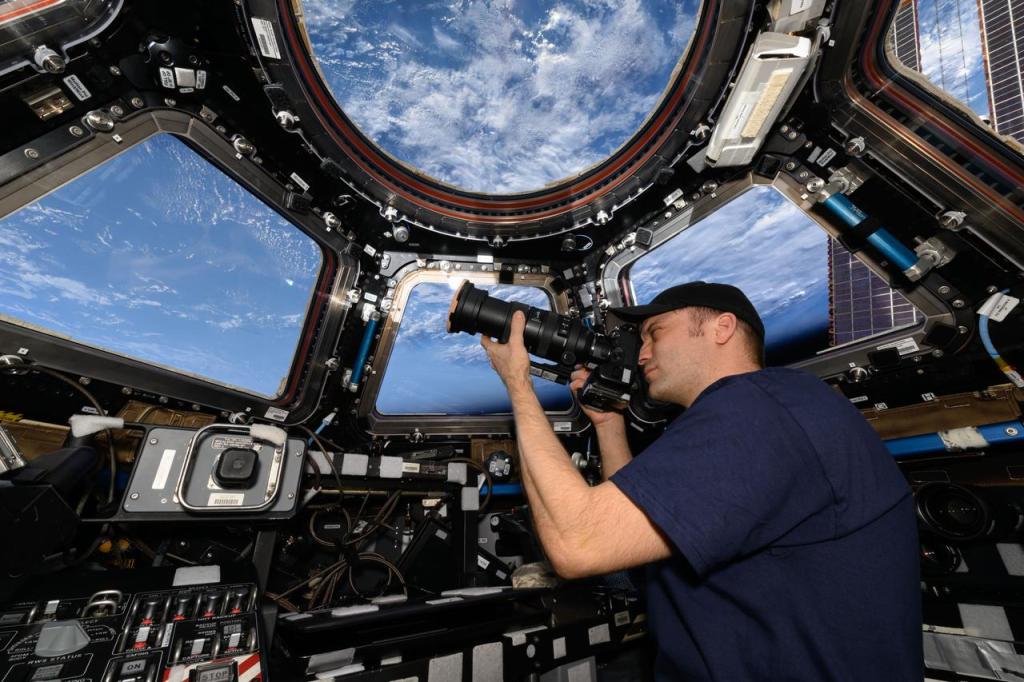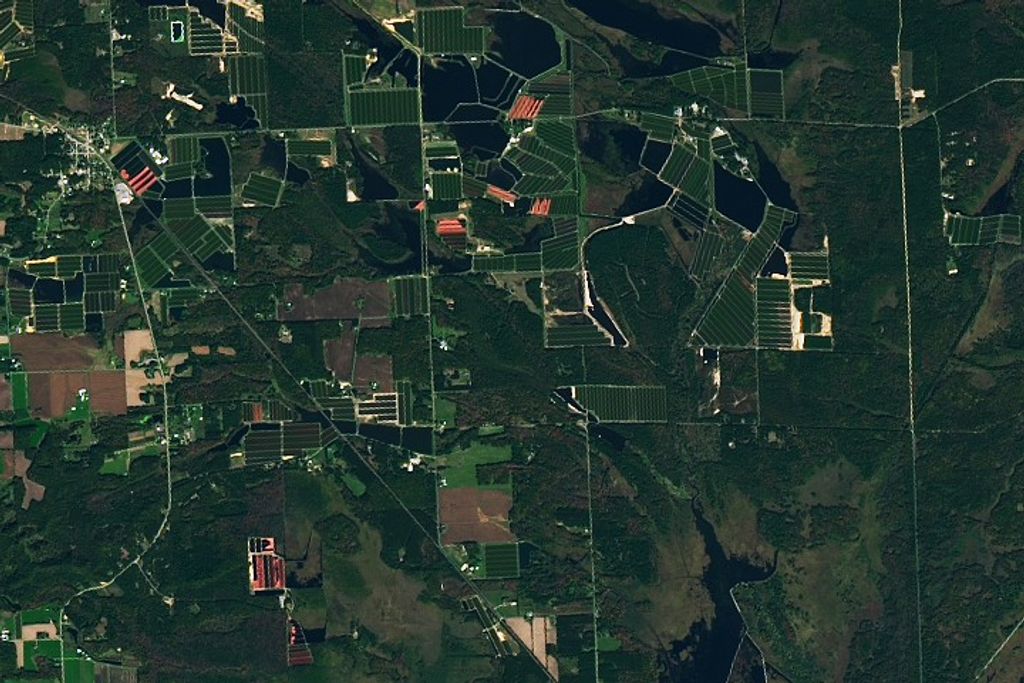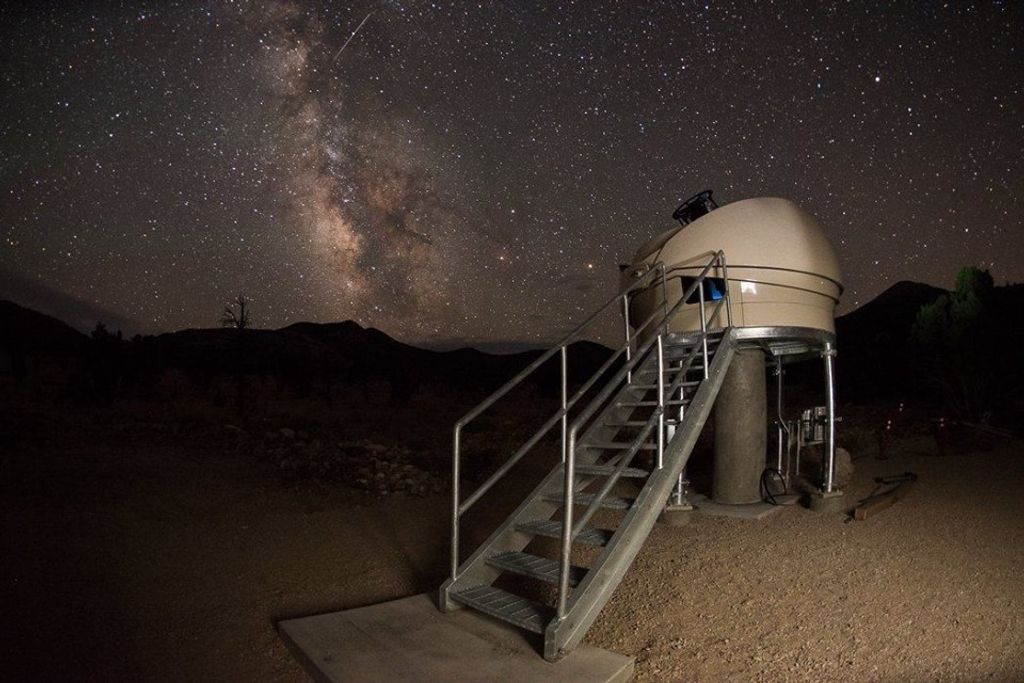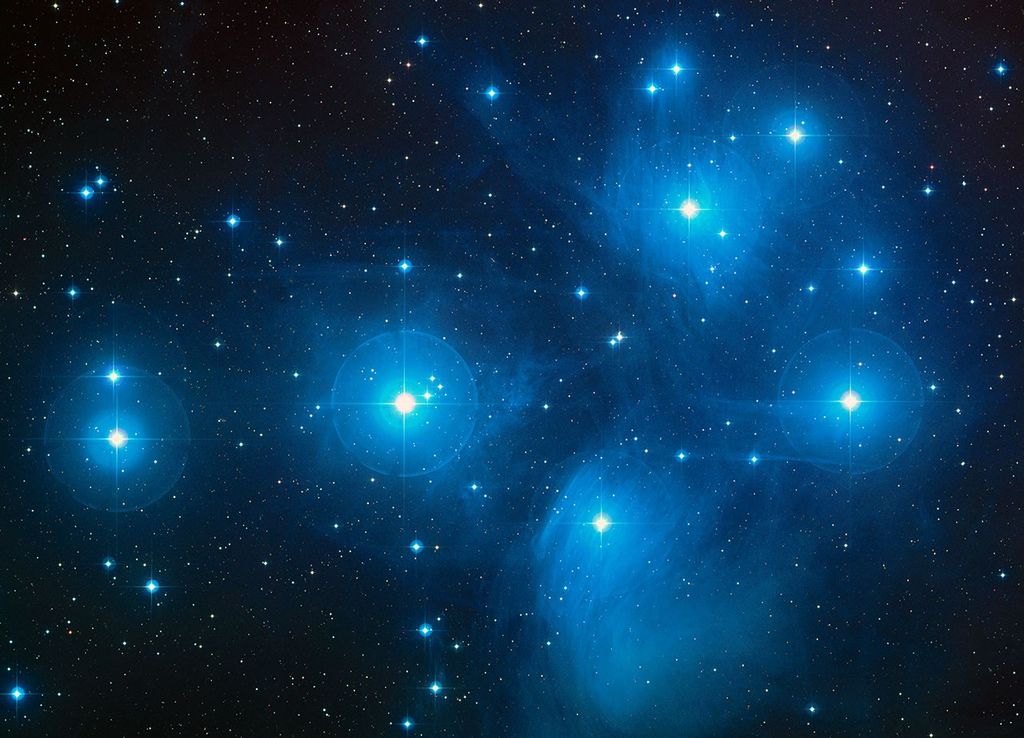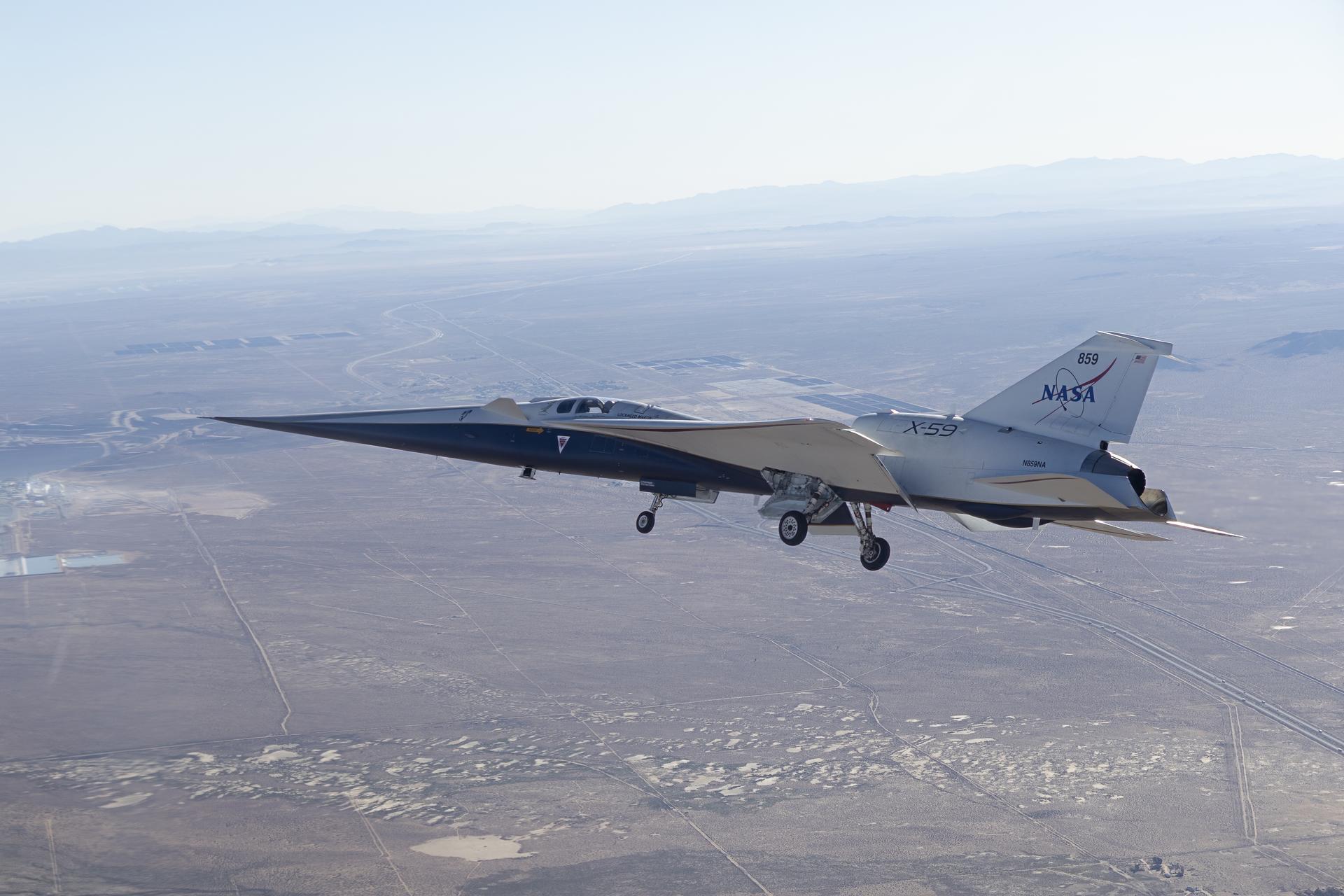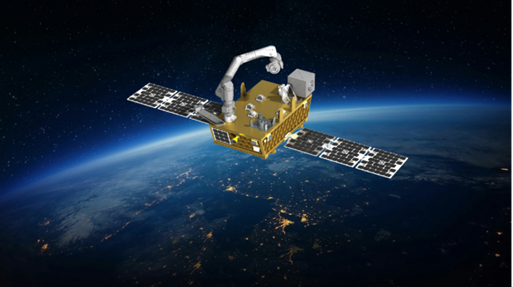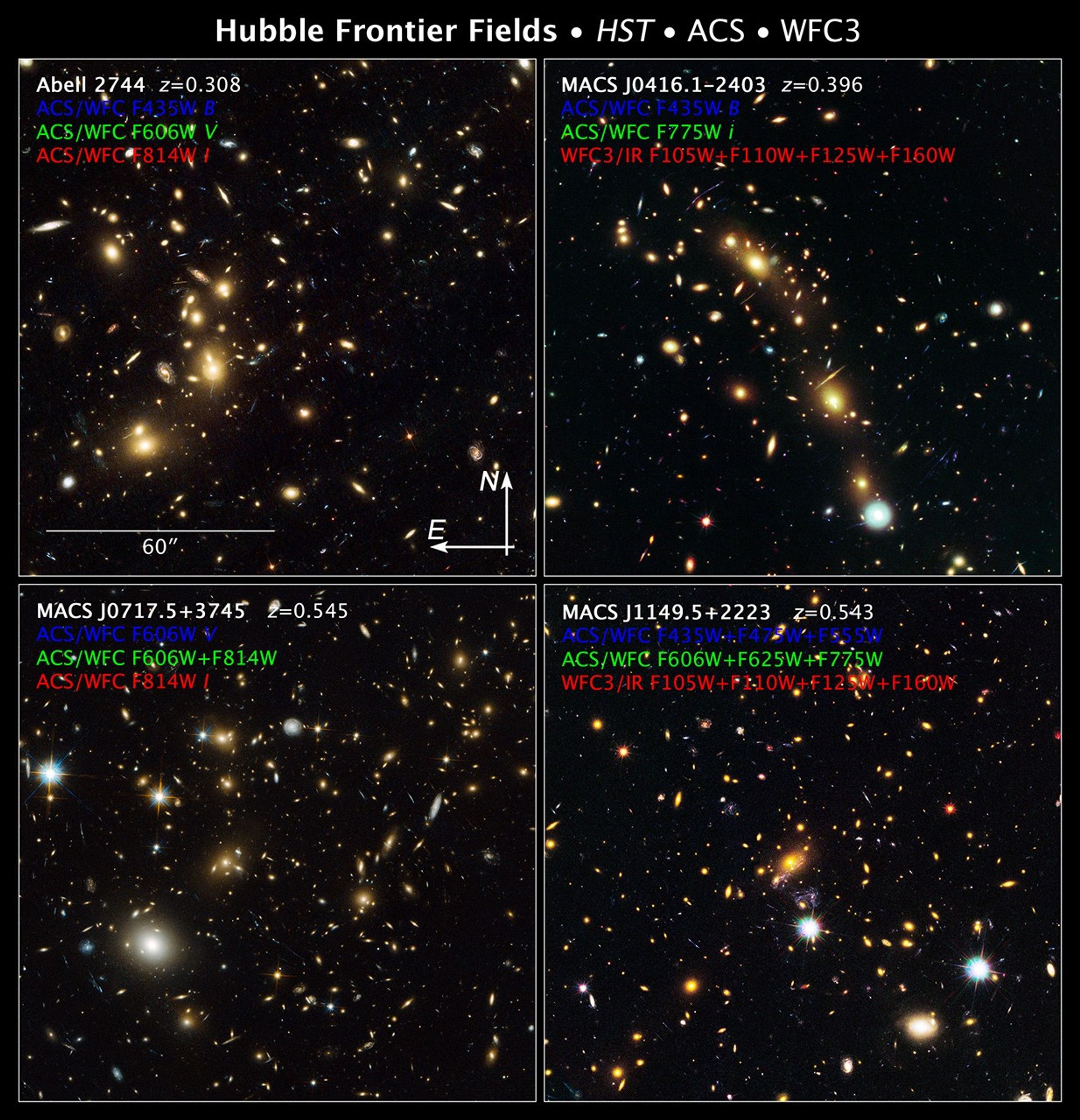1 min read
MACS J1149.5+2223

About the Object
- R.A. PositionR.A. PositionRight ascension – analogous to longitude – is one component of an object's position.11h 49m 35.08s
- Dec. PositionDec. PositionDeclination – analogous to latitude – is one component of an object's position.22° 24' 10.94"
- ConstellationConstellationOne of 88 recognized regions of the celestial sphere in which the object appears.Leo
- DistanceDistanceThe physical distance from Earth to the astronomical object. Distances within our solar system are usually measured in Astronomical Units (AU). Distances between stars are usually measured in light-years. Interstellar distances can also be measured in parsecs.Redshift: z=0.543
About the Data
- Data DescriptionData DescriptionProposal: A description of the observations, their scientific justification, and the links to the data available in the science archive.
Science Team: The astronomers who planned the observations and analyzed the data. "PI" refers to the Principal Investigator.Data were obtained as part of the HST proposal 12068: M. Postman (STScI) and the CLASH Team - InstrumentInstrumentThe science instrument used to produce the data.HST>ACS/WFC and HST>WFC3/IR
- Exposure DatesExposure DatesThe date(s) that the telescope made its observations and the total exposure time.Data were obtained as part of the HST proposal 12068: M. Postman (STScI) and the CLASH Team
- FiltersFiltersThe camera filters that were used in the science observations.ACS/WFC: F435W (B), F475W (g), F555W (V), F606W (R), F625W (r) and F775W (i) WFC3/IR: F105W (Y), F110W (YJ), F125W (J), and F160W (H)
- Object NameObject NameA name or catalog number that astronomers use to identify an astronomical object.MACS J1149.5+2223
- Object DescriptionObject DescriptionThe type of astronomical object.Galaxy Cluster and Gravitational Lens
- Release DateOctober 24, 2013
- Science ReleaseNASA’s Great Observatories Begin Deepest Ever Probe of the Universe
- Credit

This image is a composite of separate exposures acquired by the ACS and WFC3 instrumenst on the Hubble Space Telescope (HST). Several filters were used to sample broad wavelength ranges. The color results from assigning different hues (colors) to each monochromatic (grayscale) image associated with an individual filter. In this case, the assigned colors are: Blue: F435W (B) +F475W (g) + F555W (V) Green: F606W (R) + F625W (r) + F775W (i) Red: F105W (Y) + F110W (YJ) + F125W (J) + F160W (H)
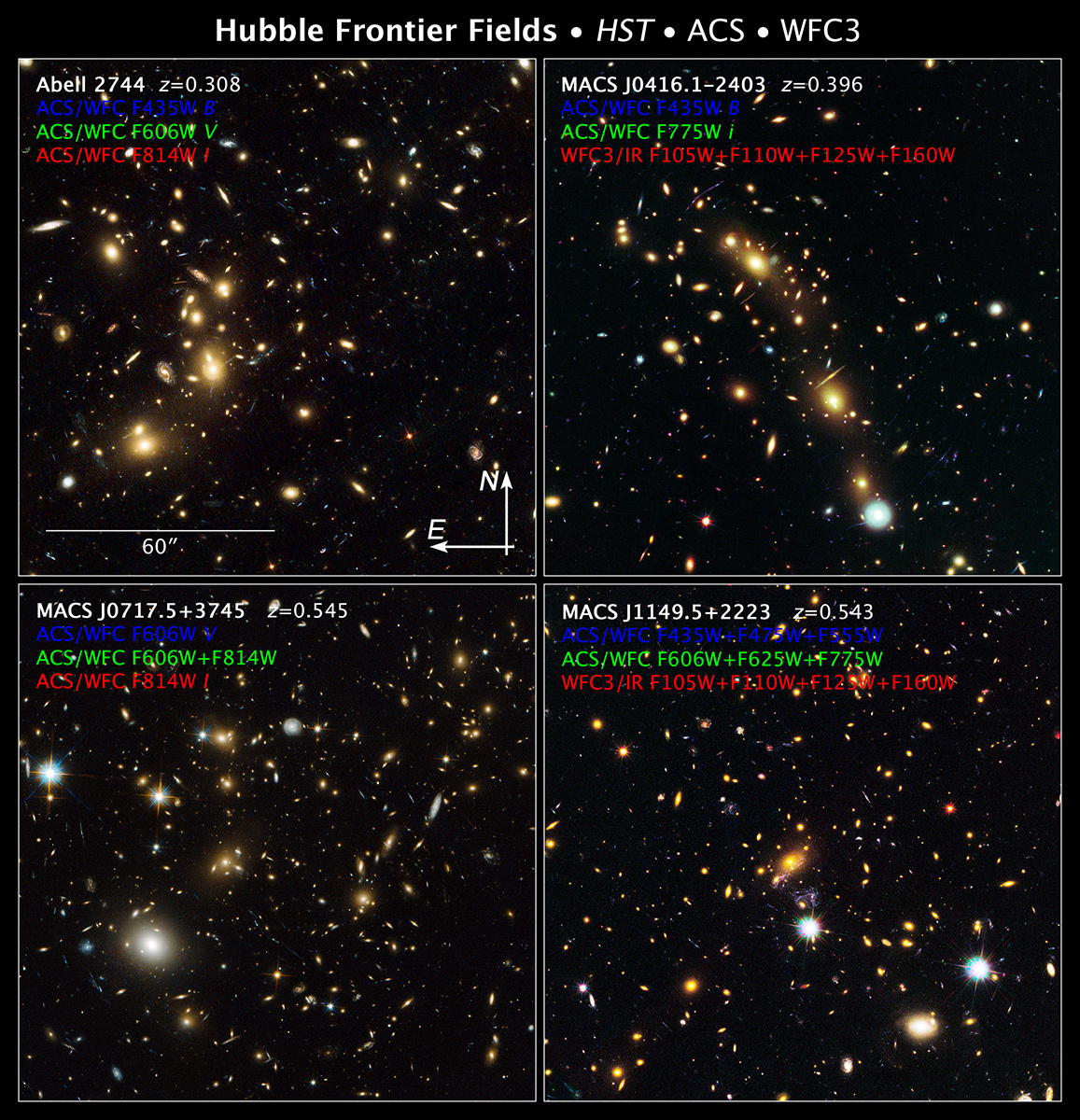
Related Images & Videos
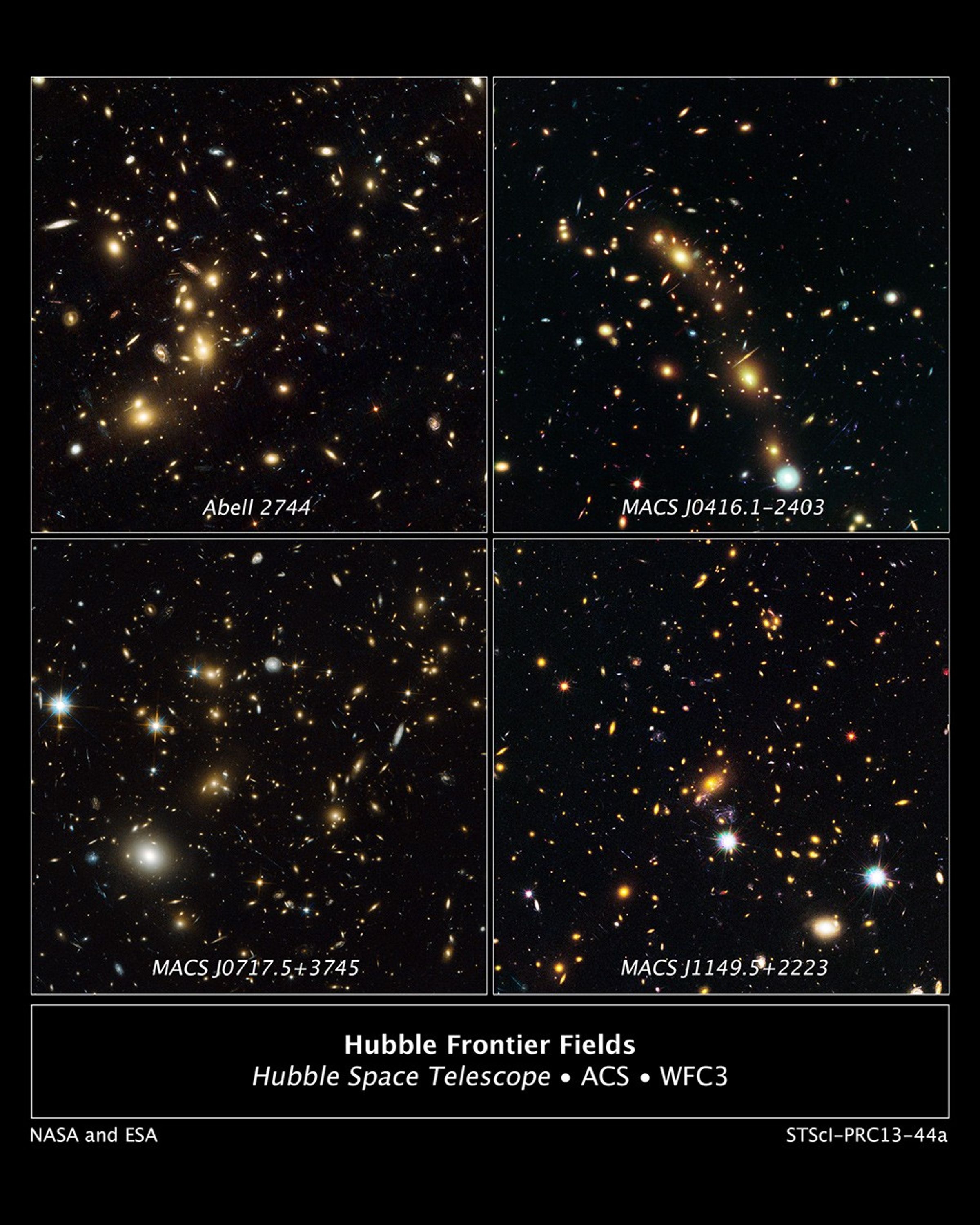
Frontier Fields Target Galaxy Clusters
These are NASA Hubble Space Telescope natural-color images of four target galaxy clusters that are part of an ambitious new observing program called The Frontier Fields. NASA's Great Observatories are teaming up to look deeper into the universe than ever before. With a boost...
Share
Details
Claire Andreoli
NASA’s Goddard Space Flight Center
Greenbelt, Maryland
claire.andreoli@nasa.gov

